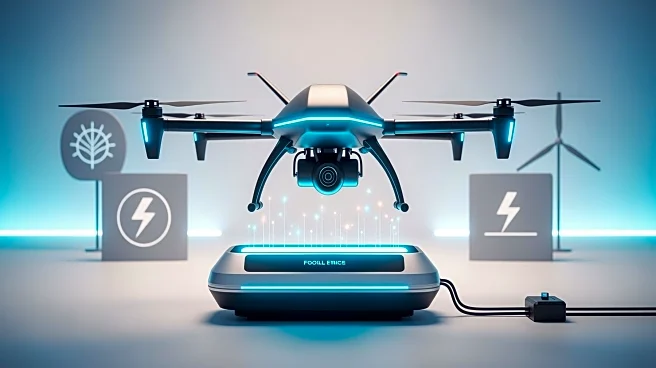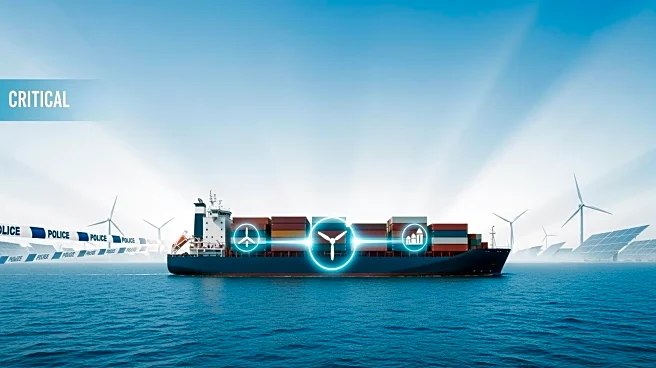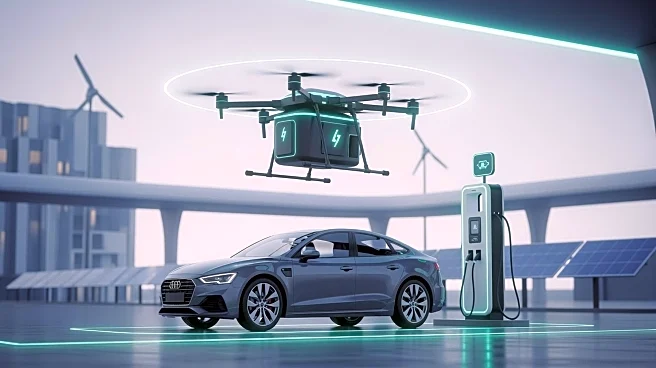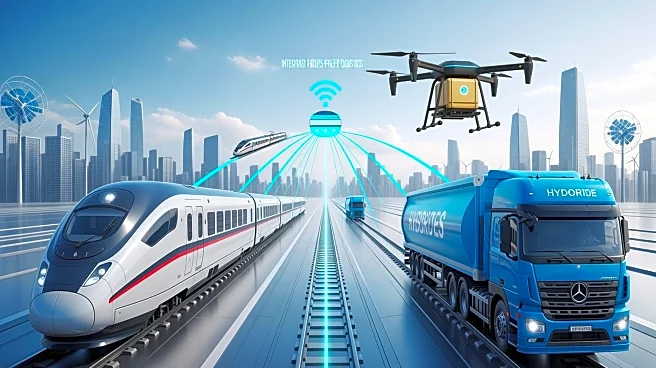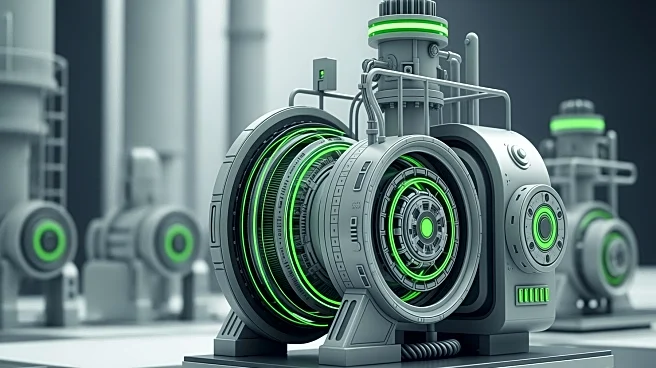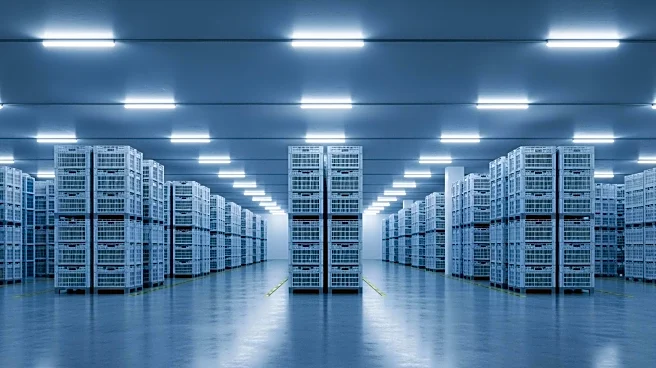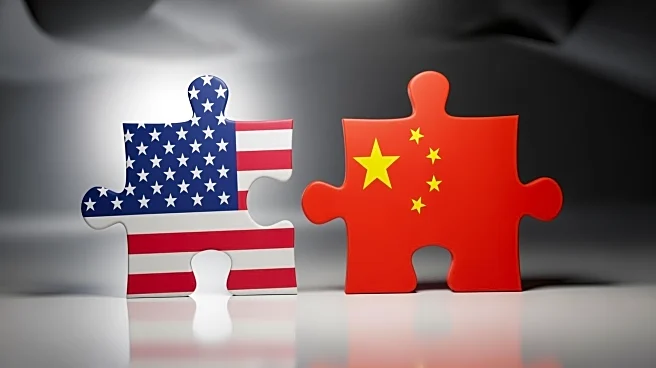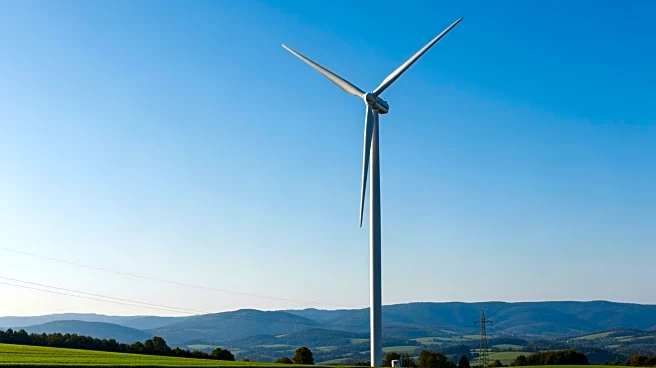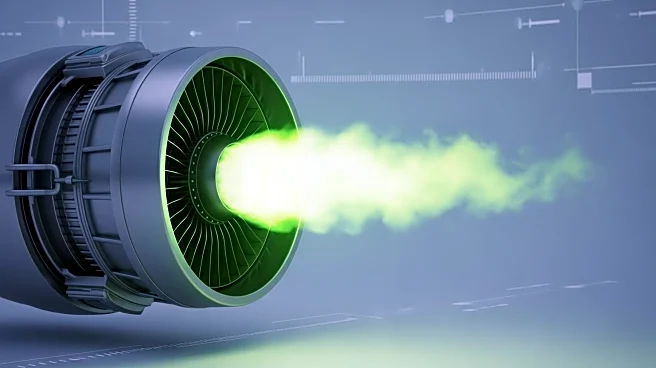What's Happening?
The hybrid ferry Aurora Botnia, operating between Umeå and Vaasa, exemplifies the future of transport by integrating energy efficiency with logistics coordination. Powered by electricity and Liquefied
BioMethane (LBM), the vessel's operations depend on synchronized energy supply, transport scheduling, and port operations. This coordination is crucial for achieving fossil-free logistics, as shippers increasingly demand reliable and sustainable transportation solutions. Initiatives like the Virtual Watch Tower (VWT) are emerging to provide shared visibility and actionable insights, aligning logistics performance with energy availability. The fragmentation of decarbonization efforts across different transport modes and energy systems poses challenges, but EU regulations like the Alternative Fuels Infrastructure Regulation (AFIR) aim to align energy and transport transitions.
Why It's Important?
The integration of transport and energy systems is vital for achieving fossil-free logistics, which is increasingly demanded by shippers. This shift has significant implications for reducing emissions and improving efficiency across supply chains. By coordinating energy availability with transport demand, stakeholders can optimize operations and reduce systemic inefficiencies. The EU's AFIR regulation and TEN T policy are crucial in ensuring that energy infrastructure deployment matches transport demand, thereby minimizing emissions and enhancing sustainability. The use of digital twins and shared data platforms like VWT can further enhance coordination, providing real-time insights and enabling proactive decision-making.
What's Next?
The development of digital twin demonstrators in regions like Kvarken, between Sweden and Finland, showcases the potential for scaling integrated transport and energy systems. These demonstrators simulate interdependencies between energy consumption and logistics performance, allowing stakeholders to optimize operations and reduce emissions. As these initiatives expand, they could serve as models for other regions, promoting the adoption of fossil-free logistics globally. The continued collaboration between shippers, energy providers, and transport operators will be essential in driving this transition, ensuring that energy and transport systems evolve in tandem.
Beyond the Headlines
The shift towards integrated transport and energy systems highlights the need for collaboration and data sharing across sectors. By adopting federated data-sharing models, stakeholders can maintain confidentiality while gaining shared visibility into logistics and energy operations. This approach not only enhances efficiency but also supports resilience in the face of disruptions. As digital twin technologies mature, they could transform transport nodes like ports and airports into energy hubs, facilitating the seamless integration of renewable energy sources into logistics chains.
